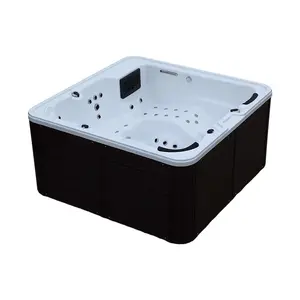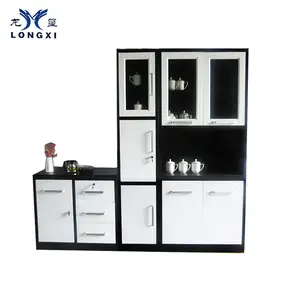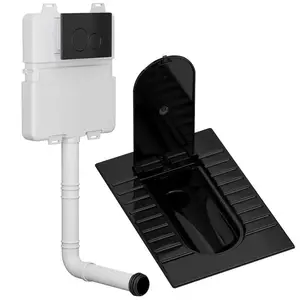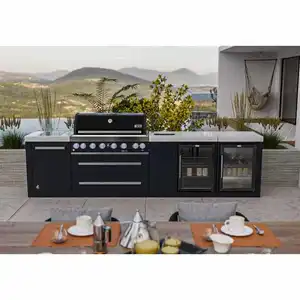Popular in your industry











































































































































































































































Top categories
About floating tile
Floating Tile: An Overview
Floating tile, a versatile and innovative flooring option, has gained popularity for its ease of installation and variety of design choices. Unlike traditional tiles that are directly adhered to a substrate, floating tiles lock together with a click-and-lock system, sitting securely without the need for mortar or grout. This category encompasses a range of materials, including glass mosaic tiles, marble, ceramic, porcelain, and stone mosaic tiles, each offering unique aesthetic and functional benefits.
Types and Applications of Floating Tile
The application of floating tile extends across residential and commercial spaces. Glass mosaic tiles, known for their translucence, are frequently used to create vibrant pool mosaics and shower floors. Marble options exude luxury, often gracing kitchen backsplashes and bathroom interiors. Ceramic and porcelain tiles are celebrated for their moisture resistance, making them ideal for bathrooms and high-traffic areas. Stone tiles, prized for their durability, are suitable for areas requiring longevity. The choice of material should align with the intended application, considering factors such as moisture exposure and foot traffic.
Features and Advantages of Floating Tile
Floating tiles are distinguished by their interlocking design, which allows for a floating effect over the subfloor. This feature simplifies installation and facilitates easier repairs, as individual tiles can be replaced without disturbing the entire surface. The non-slip properties of porcelain mosaic tiles make them a safe choice for common areas, while the reflective quality of mirrored mosaic tiles can brighten any space. Additionally, the durability of stone and porcelain options ensures a long-lasting surface that withstands daily wear and tear.
Materials and Sustainability
Sustainability is a key consideration in the production of floating tiles. Many manufacturers prioritize eco-friendly practices, utilizing recycled materials such as glass and ceramics. The longevity of materials like stone and porcelain also contributes to a product's sustainability, reducing the need for frequent replacements and minimizing waste. When selecting floating tiles, considering the lifecycle and environmental impact of the material can be as important as aesthetics and functionality.
Design and Aesthetic Appeal
The aesthetic versatility of floating tile is one of its most compelling attributes. With an array of colors and patterns, from blue mosaic tiles to neutral mother of pearl backsplashes, these tiles can complement any interior design scheme. Black and white mosaic tiles offer a classic look, while beige options provide a subtle elegance. The design flexibility ensures that there is a floating tile option to suit any taste and interior design requirement.
Choosing the Right Floating Tile
Selecting the appropriate floating tile for a project involves considering the specific needs of the space. For moisture-rich environments, glass and ceramic tiles are preferable for their water-resistant qualities. In living areas, the robustness of stone and porcelain tiles makes them a practical choice. It is essential to assess the location, expected foot traffic, and overall design vision when choosing the right floating tile, ensuring a balance between form and function.


































